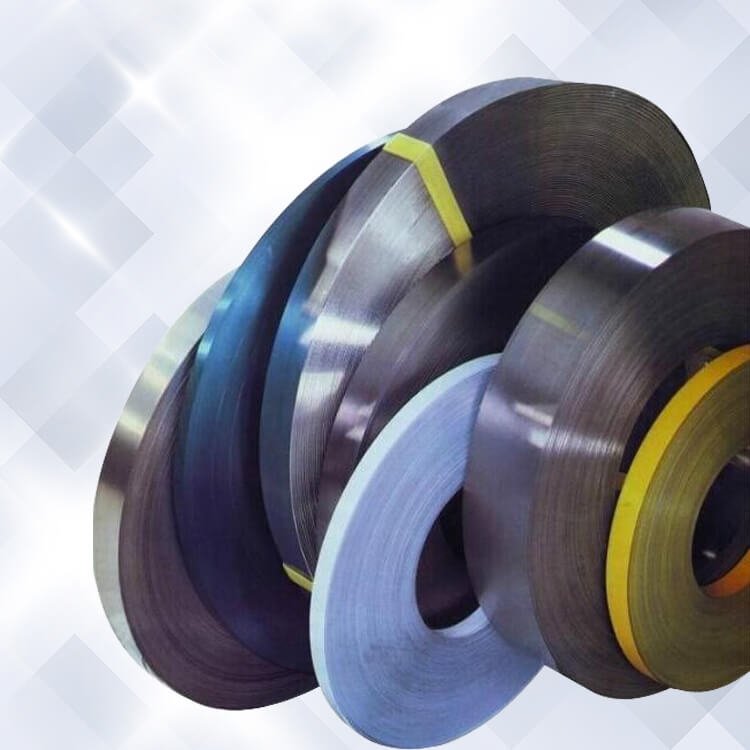Working method of doctor blade
- Purpose
–scrapes the remaining lacquer from the surface of the printing cylinder
screen rims are free of colour
screen cells are filled perfectly
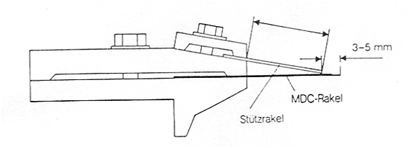
Support doctor blade
prevents:
- Deflexion
- damage of the printing roller
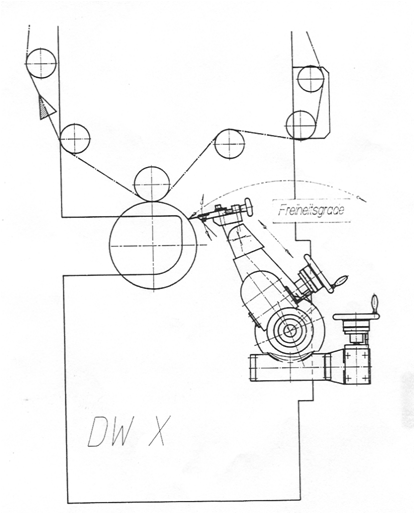
Types of doctor blade
- Doctor blade steel without blade tip
•different coating with progressive attrition
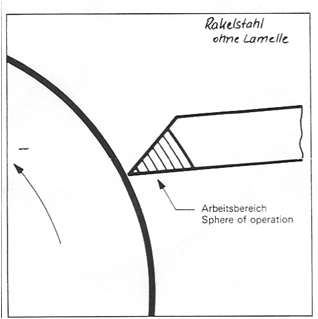
- MDC-doctor blade
•due to steady blade tip the contact area is always the same
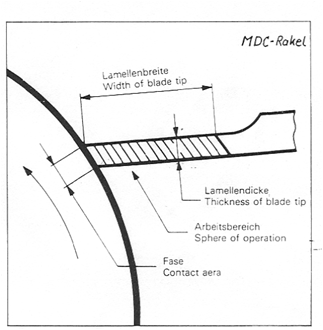
Doctor blade – definitions
- Doctor blade adjusted in reverse way
–advantage: no blade lines
-disadvantage: difficult to adjust, small range of setting
- Blade oscillation(blade lifting)
•by blade oscillation the doctor blade is scraped over the full width
•without blade oscillation uneven attrition with line screens
- Blade way: Distance from doctor blade to printing line
•long blade way -> solvent evaporates, fine screen cells do not print
•short blade way -> better printed image
- Connection angle of doctor blade and lacquer viscosity
•viscosity lower -> angle of doctor blade steeper
•viscosity higher -> angle of doctor blade more flat
- •Blade pressure
–force which acts on the blade girder (approx. 1-2bar)
- •Line pressure
– pressure of the doctor blade on the gravure roller
– influenced by force on the doctor blade and the angle of the blade
big angle -> small line pressure and vice versa
high line pressure :
high attrition
clean rims
less lacquer coating at few deflexion
Doctor blade – mistakes
Problems by a wrongly adjusted doctor blade
•Uneven lacquer coating over the width
•blade girder or glade carrier deflected or lop-sided
•doctor blade inserted lop-sided
•blade pressure not o.k.
•striped lacquer coating
•blade carrier, support blade dirty
•doctor blade wavy
•too high blade pressure
•blade position too flat •
fine blade lines
•doctor blade with damaged bezel
•support blade damaged
•Chatter marks in the lacquering
•doctor blade unstable, jumps or vibrates
•oscillation worn out
•change-over point no control
•too high blade pressure
•torn-out screen lines
–blade bezel damages
–wrong blade pressure

